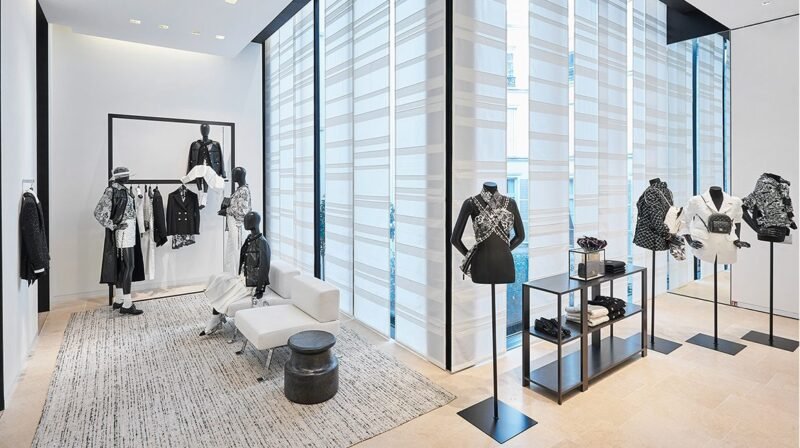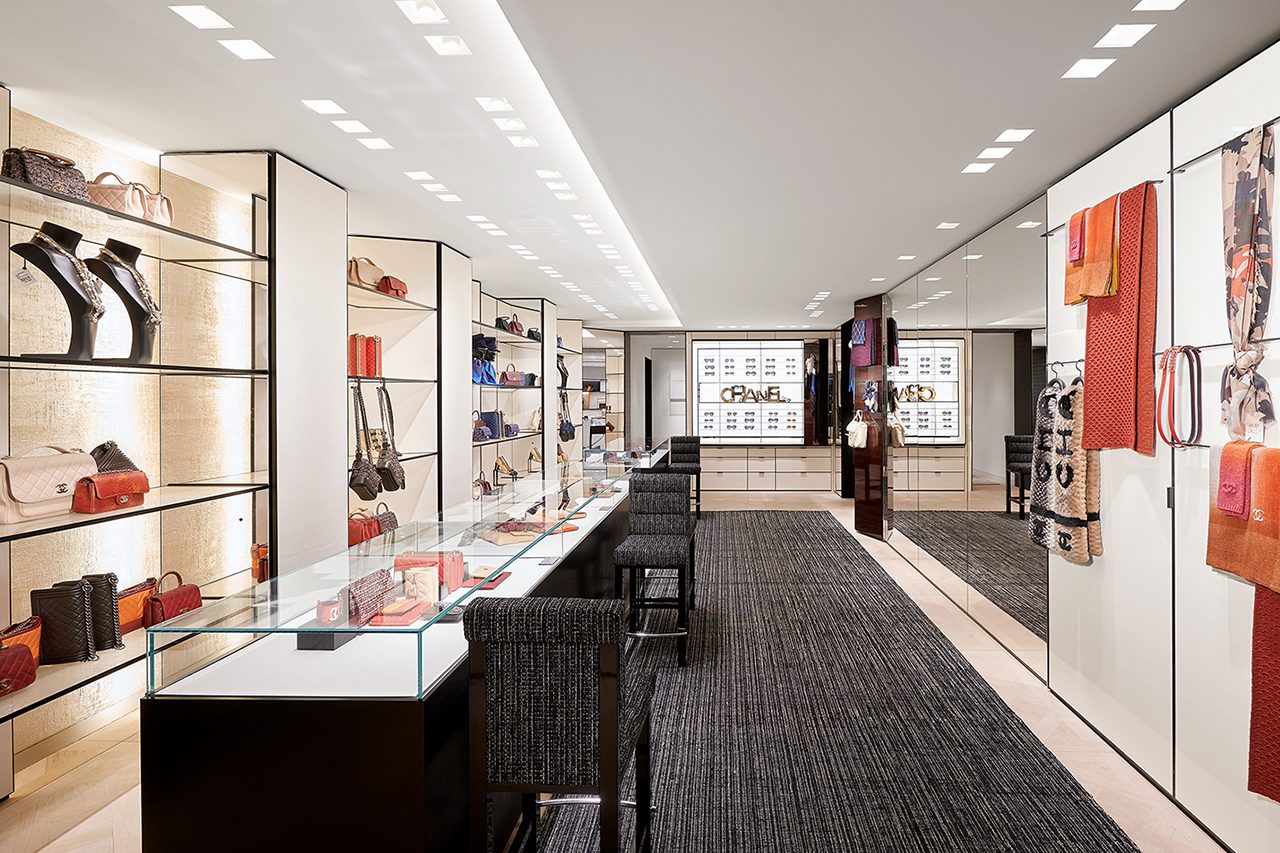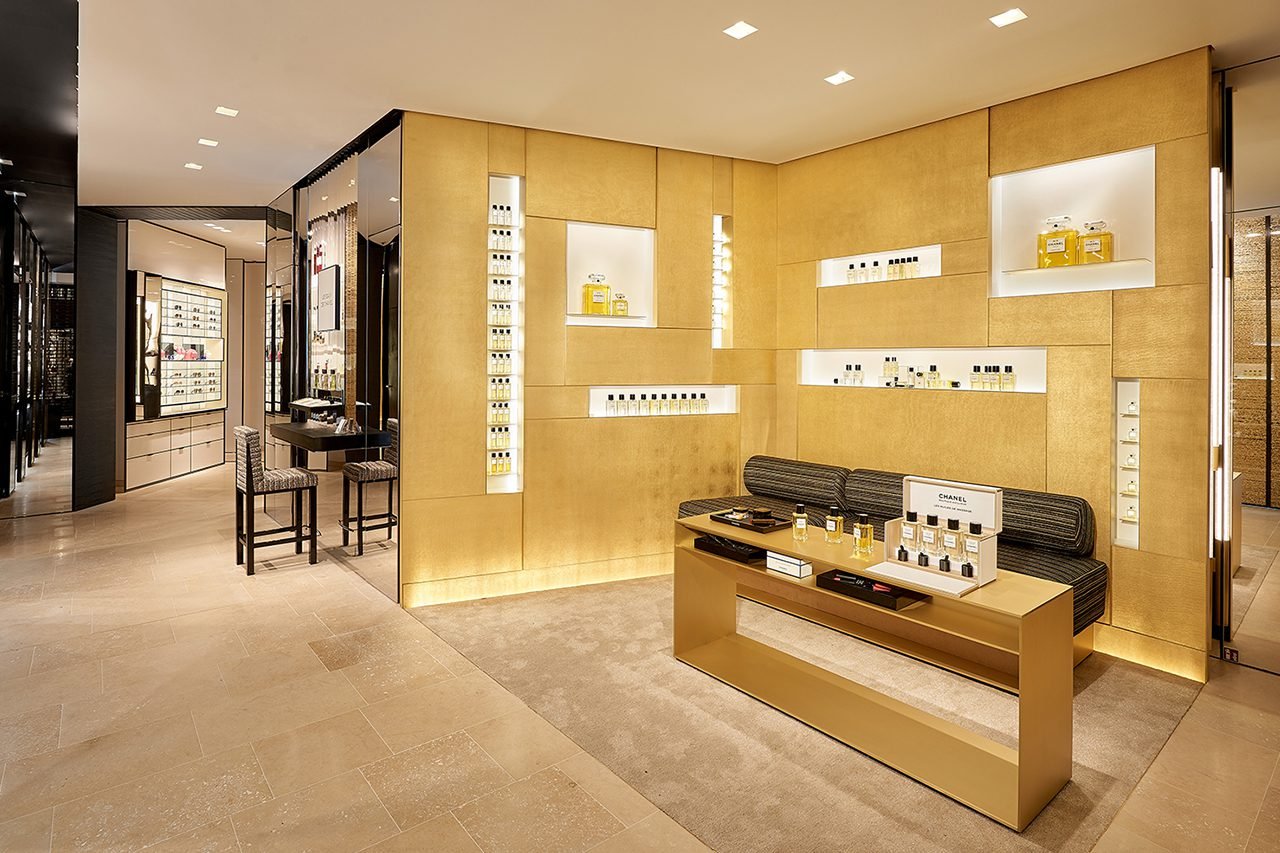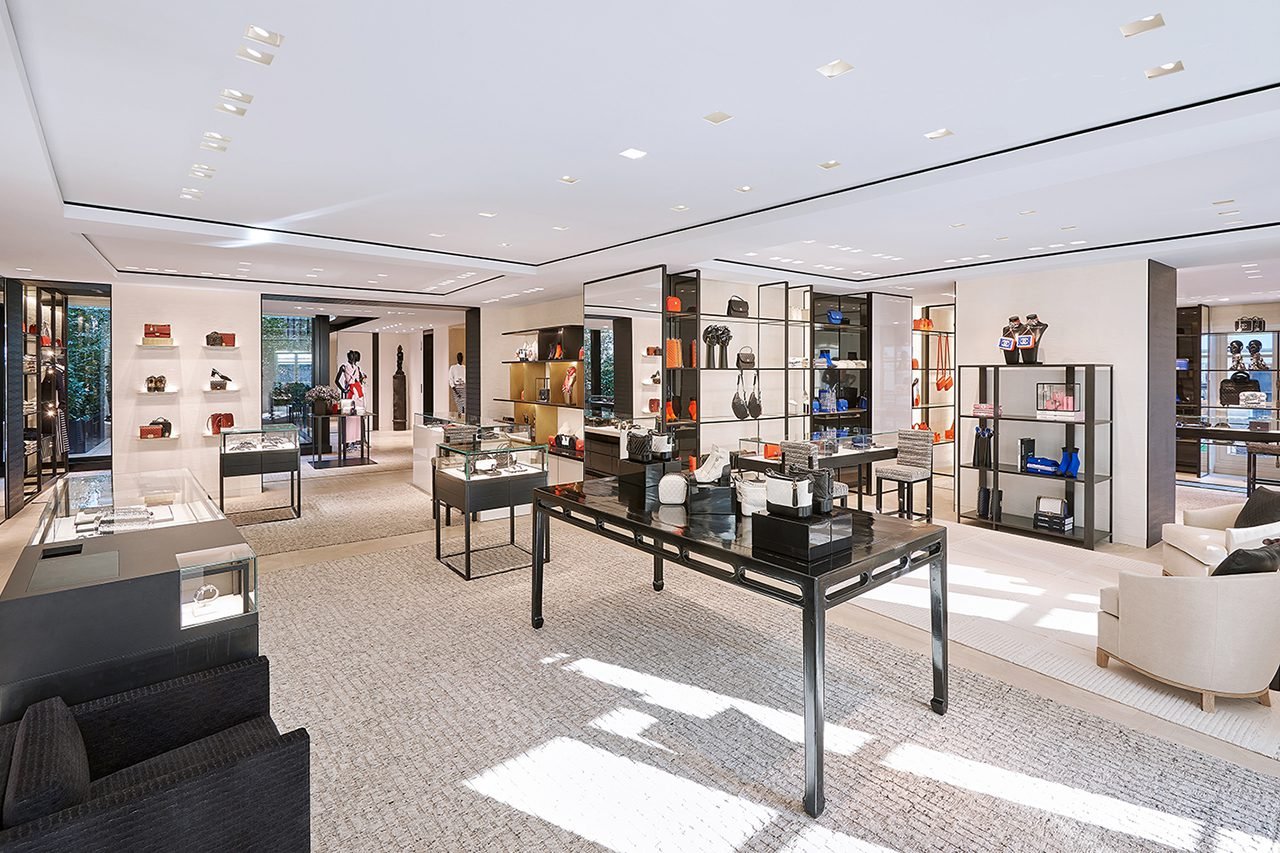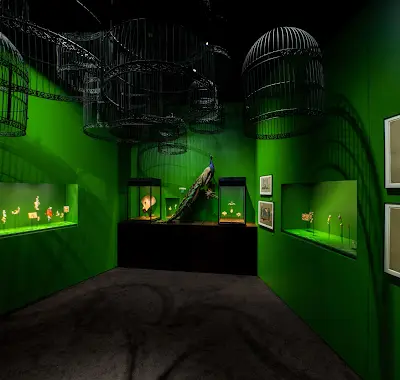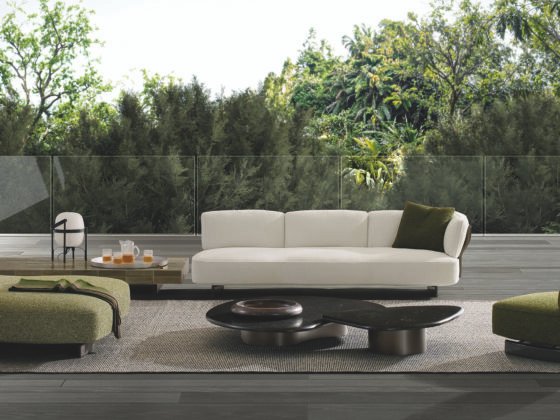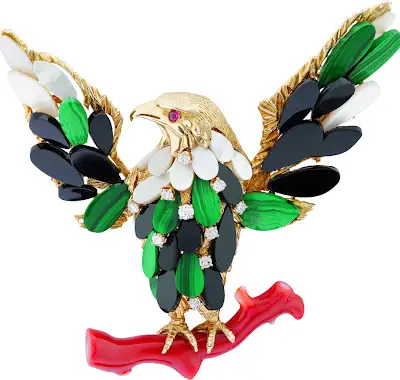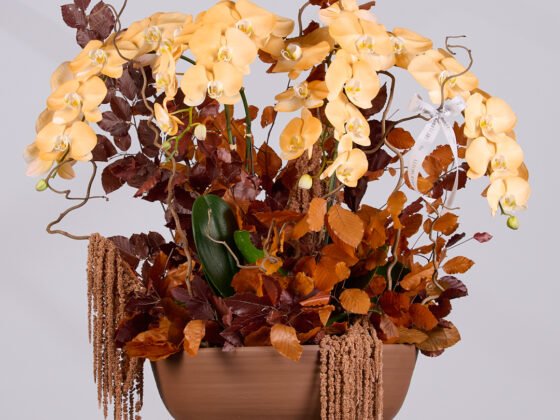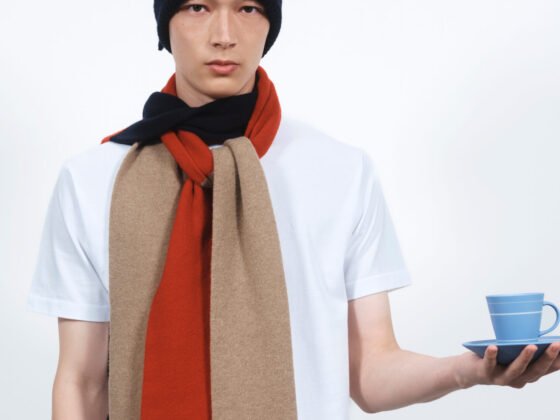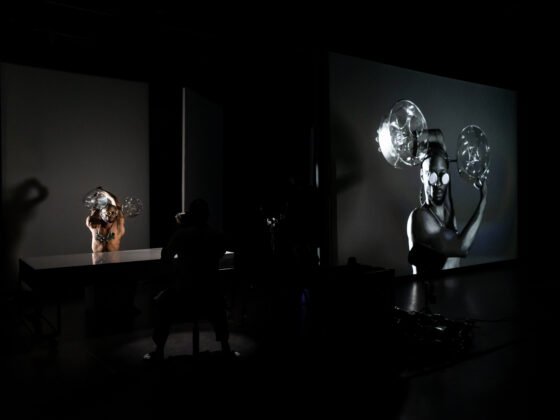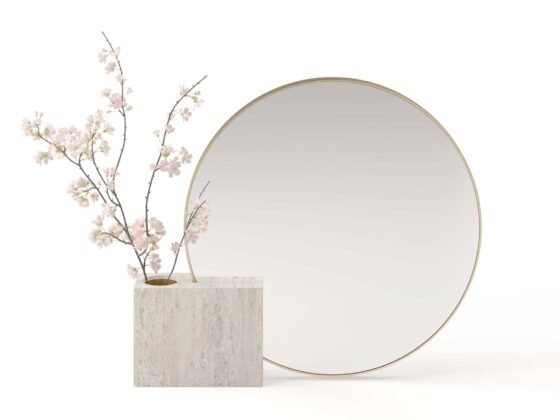Every brand has a story to tell, and every brand has a spiritual home. Maison Chanel’s story began on February 7th, 1918, when Gabrielle “Coco” Chanel acquired 31 rue Cambon, located in one of the most fashionable districts of Paris. It was her first acquisition. It was where Gabrielle Chanel became a registered couturière. It was where Chanel became a maison. It is where Coco Chanel revolutionised women’s fashion. Rue Cambon is the spiritual home of Chanel.
Now, the maison welcomes a new boutique at number 19 rue Cambon. Three restored and transformed historic buildings have been combined to create 1,000 square metres of floor space, to showcase the entire Chanel universe under one roof: Ready-to-wear, accessories, watches and fine jewellery, perfume and beauty. With the acquisition and opening of the new boutique, Chanel now owns rue Cambon’s 19, 23, 25, 27 29 and 31 addresses.
Gabrielle Chanel’s first acquisition at 31 rue Cambon was a four-storeyed building that was initially built as a townhouse at the end of the 18th century. It had an opening with a porch and a façade pierced by five asymmetric windows. Gabrielle entrusted Louis Faure-Dujarric, known for constructing the centre court at Roland-Garros among others, to redesign the building. Gabrielle’s taste for modern and graphic aesthetic meant the Art Deco was her natural choice. She straightened the attics on the 4th floor and asked architect Pierre Figarol to add a fifth floor.
On the ground floor was the boutique and the famous Art Deco mirrored staircase leading up to the Haute Couture salons on the first floor. Mademoiselle Chanel’s private apartment on the second, the studio on the third, and the Haute Couture ateliers on the fourth and fifth floors. 31 rue Cambon, thus, became the epicentre of the Chanel universe.
It was here that Gabrielle revolutionized fashion, both haute couture and everyday prêt-à-porter, by replacing corset and the bodice based structured-silhouettes with garments that were functional and at the same time flattering to the woman’s figure. She once said: “Fashion has become a joke. The designers have forgotten that there are women inside the dresses. Most women dress is for men and want to be admired. But they must also be able to move, to get into a car without bursting their seams! Clothes must have a natural shape.”
With success came the expansion of the maison: number 29 rue Cambon was acquired in April 1923, number 25 in April 1926, and numbers 27 and 23 in October 1927. These acquisitions were no small feat given that rue Cambon had privileged surroundings even back then. Now, the boutique at number 19 adds to this remarkable ensemble.
Chanel’s new 19 rue Cambon is a genuine link between the maison’s past, present and future. As it is “immersed with the House’s values of excellence, it gives the impression of following in the footsteps of its founder and taking the creative paths established by Karl Lagerfeld.”
The new boutique was created by joining the main building, an 18th-century “Élément pittoresque de la Ville de Paris” listed façade on the rue Saint-Honoré, with an adjacent former 17th-century convent on rue Cambon and a smaller structure on rue Duphot. The different architectural styles of the three buildings, the numerous structures and frameworks, along with the differences in the heights and foundations of the three buildings had to be streamlined by architect Peter Marino in accordance with L’Architecte des Bâtiments de France to ensure that the history of these buildings were respected and preserved as best as possible.
The exterior of the new boutique is Oise stone while the interior features limestone, stucco, blond parquet, khaki woodwork, enamelled gold-textured plasterwork and metallic fabrics. The entire space is bathed in natural light which is complemented by the use of white and three shades of beige, accompanied by black, gold and metallic notes.
Gabrielle Chanel was a fervent patron of the arts and artists. Among her close circle of friends were the likes of Pablo Picasso, Igor Stravinsky, Serge Diaghilev, Luchino Visconti, Jean Cocteau, and Pierre Reverdy, among others. Her apartment was, not surprisingly, home to many pieces of both contemporary and historical art. Every Chanel boutique since, no matter where it is located, reserves a special place for art, and for contemporary artists.
From the entrance to the reception rooms, the boutique at 19 rue Cambon presents 28 artworks by 20 different artists, selected by Peter Marino. Among the standout pieces is the specially commissioned Große Treppe (Great Staircase) by Gregor Hildebrandt. Present on four floors from the ground floor up, it stretches for almost 14 meters and is made of cut vinyl records, steel and fabric. Other commissioned pieces include the sculpture Odore di Femmina-Torso Plugs by Johan Creten, two Camellia collages by Peter Dayton and a large panel painted by Martin Kline.
The main entrance on the ground floor, via rue Saint-Honoré, opens onto the shoe, leather goods and accessory collections. The second entrance on rue Duphot leads into the beauty space, home to all the House perfumes in an alcove salon imagined like a cabinet of curiosities, while the make-up and skincare are deployed over the wall in a graphic orchestration of black, white and mirrors.
A majestic staircase in limestone has been fully restored, and its walls are swathed in juxtaposing mirrors echoing the legendary staircase at 31 rue Cambon. There is also an elevator featuring black, ivory and metallic woven metal.
The first floor is lengthened by a terrace overlooking the enclosed garden. The white and grey armchairs and the tall chairs in tweed are an invitation to enjoy the space in a relaxed ambience while browsing through the latest bags, small leather goods, costume jewellery and other accessories.
On the second floor are displayed the Ready-to-Wear, Cruise, Métiers d’art, Coco Neige and Chanel’s Coco Beach collections. The 3rd and 4th levels are reserved for reception rooms covering a total floor space of 500 square metres.

